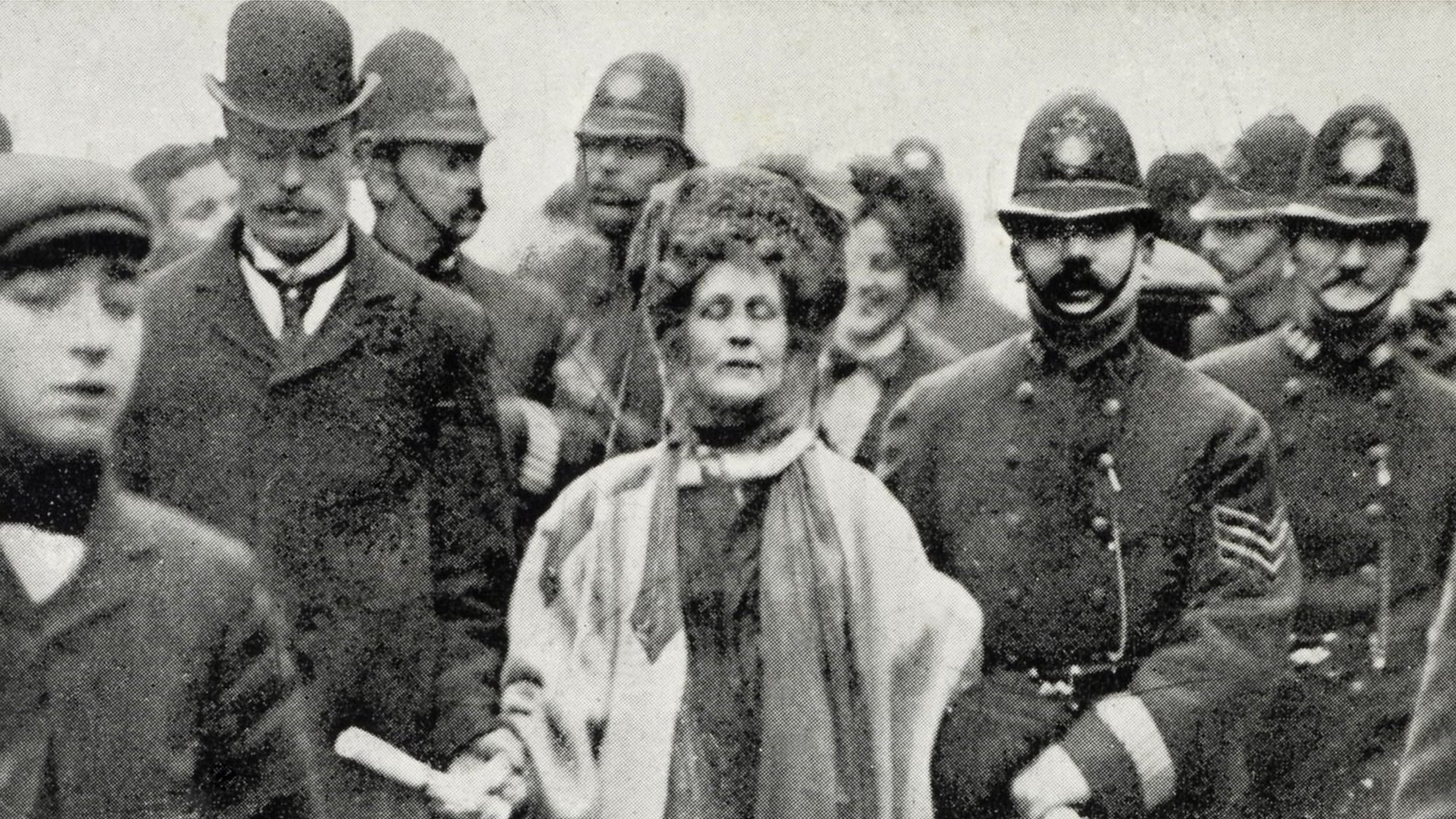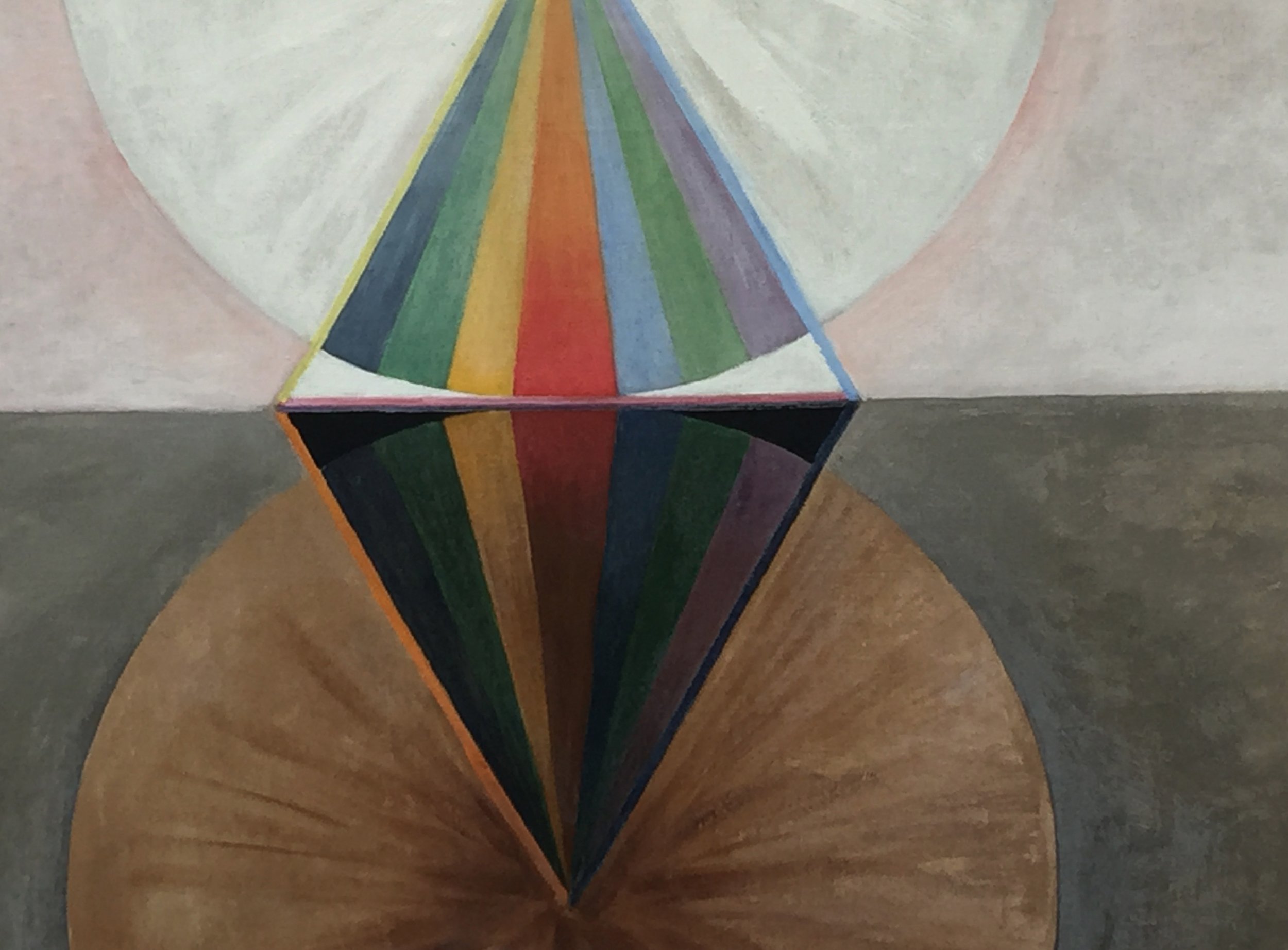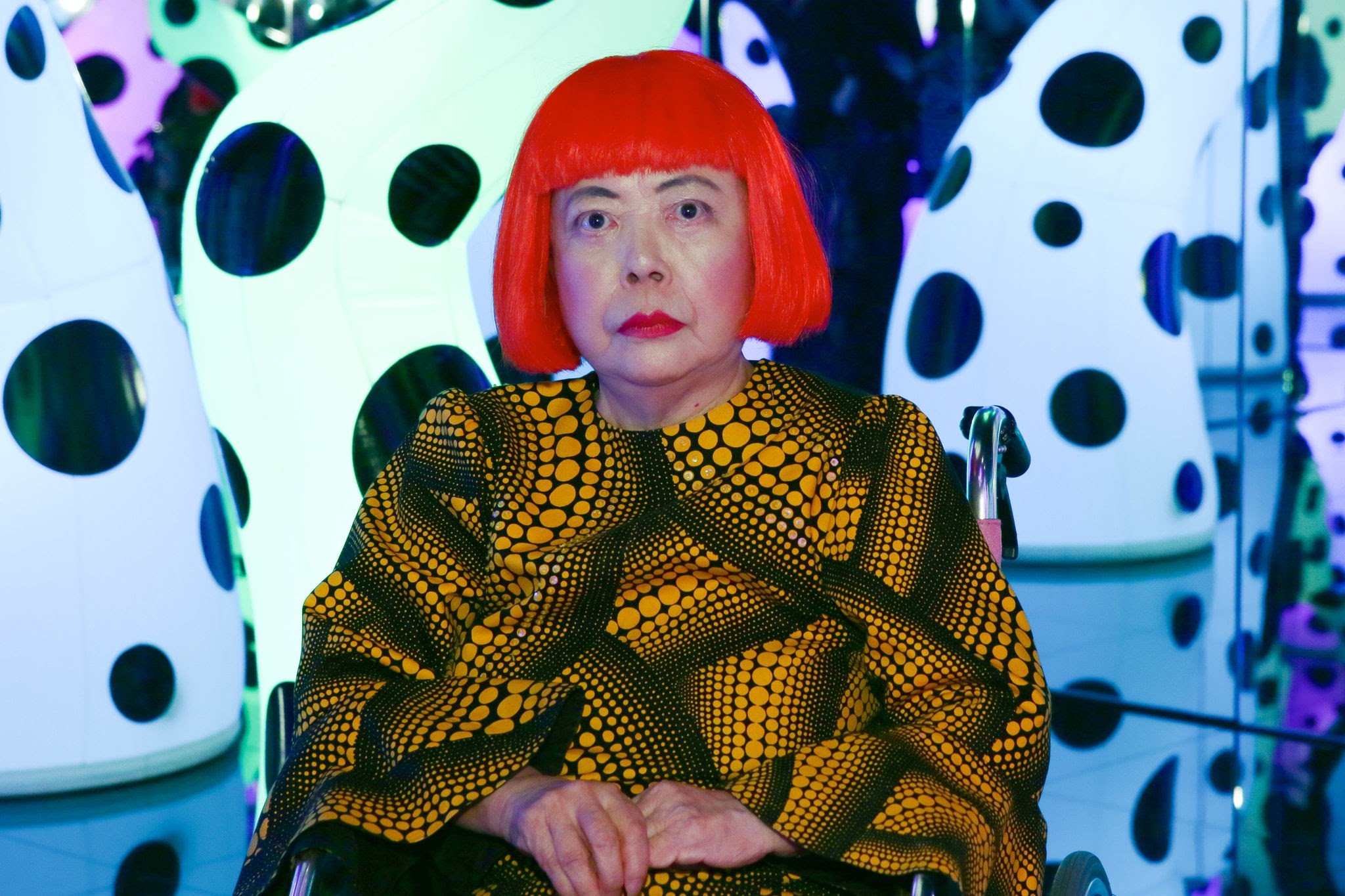International Women’s Day 2023
As part of International Women’s Day this year, I wanted to share some women that have inspired and influenced me recently. I don’t usually celebrate these days as I personally feel there is so much still to be done to reach equality between the sexes, but I will admit, I will accept any excuse to celebrate women for this very reason!
Emily Wilding Davidson
I have been listening to a wonderful audiobook by Janina Ramirez ‘Femina’, a reappraisal of mediaeval women who’s history has been left in the shadows. Put into context of a patriarchal society, one in which religious documents were routinely burnt as heresy and witches burned as demons, eliminated much of women’s voice during the era. Despite this many female stars still shone and influenced us still today. I was particularly intrigued to learn that the renowned suffragette Emily Wilding Davison (who died on Derby Day, after throwing herself in front of the King's Horse) was herself a published intellectual with a specialised knowledge of mediaeval literature.
The suffragette movement was steeped in spirituality and they saw their cause as endorsed by God. Although now they are often remembered as political rather than pious. Emily adopted Joan of Arc’s slogan ‘Fight on and God Will give the Victory’ for equality and justice. The suffragettes didn’t spring from nowhere, they were continuing a long line of powerful and courageous women since the mediaeval times. Emily adopts the character of The Fair Emeline from ‘The Knight's Tale’ by Chaucer in which after capture she steals the attention of her captor by jumping in front of his horse… could this have inspired Emily’s own tragic actions?
Hilma af Klint
Hilma has been of great influence to me since I first discovered her work about 15 years ago. She is the inventor of modern abstract art, producing such work years before Kandinsky who was given the title ‘father of abstract art’. It was suggested that perhaps during a meeting between Klint and Rudolf Steiner, who took copies of her work and later met with Kandinsky, that perhaps he was influenced by her discoveries.
She began as a classically trained artist, and had success as a society painter in Sweden. After losing her sister she began to explore spiritual seances with other female artists and formed the ‘group of 5’. From then on, they received direction from a group of spirit guides to produce particular artworks. During one of their spiritual sessions a request was made for a collection of work to be made, the ‘paintings for the temple’. None of the group wanted to take this on, so Hilma accepted.
Hilma at this time was greatly influenced by the ideas of theosophy, popular which embraced many esoteric systems of thought. Also the visual library presented in the channelled symbolic library ‘Thought Forms’ by Annie Besant.
In 1906 she began the ‘Primordial Chaos’ series she explores the fundamental polarities, light and dark, good and evil etc…In these and later works the letter ‘w’ represents matter and ‘u’ spirit. ‘Uw’ being the union of the dualities. She says of her work ‘The pictures were painted through me, without any preliminary drawings, and with great force. I had no idea what the paintings were meant to depict, nevertheless I worked swiftly and surely without changing a single brushstroke.’
From 1907 the main body of this work was undertaken, 111 paintings in total. These are the largest works she’s yet tackled at 10.5ft tall by 8ft wide and formed the paintings of the temple, depicting the passage of life. The paintings are made directly onto paper and glued to the canvas.
After 1908 she met with Rudolf Steiner and stopped painting. Her mother also becomes ill at this time and eventually blind, requiring Hilma’s help. It is speculated she heeds Rudolfs comments. Rudolf claims he cannot understand the works and had issues that they were received through passive mediumship. He instead encourages her to develop her own spiritual practices rather than rely on intervention from spirit guides.
Hilma eventually decides not to show this collection of work and gives instructions that the work is not to be shown until many years after her death.
In 2016 during a flight to Finland to see my friends and family, I saw her Serpentine exhibition featured in the inflight magazine. I was lucky enough to go and see her work in this beautiful setting on my return. As many have said, to witness the power and beauty of her work first hand is in itself a spiritual experience.
Helene Schjerfbeck
Helene Schjerfbeck (1862-1946) was a Finnish artist known for her innovative and evocative paintings, which often focused on the themes of self-portraiture, still life, and landscape.
If you didn’t know, I am half Finnish, from my mother’s side so I’m particularly drawn to Finnish and Nordic artists as they are also little known outside of the region. I’ve only very recently discovered Helene’s work myself, but I’m struck by the crude yet brute power evoked by the minimal strokes, given the era they were painted in. She seemed ardent in forging her own path, and was recognised for her pioneering spirit
Helene was born in Helsinki, Finland, and showed an early interest in art, winning a scholarship, with her father’s support, to study at the Finnish Art Society at the age of 11. Tragically her father died of tuberculosis when she was just 13, leaving her mother alone and financially wrought. Studying art seemed like a luxury they couldn’t afford but fortunately she was able to continue. Finland, having been annexed by Russia since 1807 imposed a heavy regime of ‘Russification’ enforcing Russian as the national language, and discouraging Finnish culture. As a reaction, Adolf von Becker, a German painter was recruiting Finnish artist to restore their national identity. Helene joined.
Schjerfbeck’s early work at this school was heavily influenced by the naturalistic style, but as she matured as an artist, she began to develop her own distinctive voice, characterised by spare, elegant compositions, muted colours, and a subtle sense of emotional depth. She painted regularly during her lifetime, and travelled abroad to study. It’s reported she was very interested in fashion and creative alter ago’s for the subjects of her paintings, bringing a cinematic quality to her work.
She adored Paris and returned many times during her life. There she felt she could live authentically as an artist, and also made a circle of like minded painters who remained friends for life. Helena Westermarck, Maria Wiik and Ada Thilén whom became her painter sisters or målarsystrarna.
After her mother’s death she returns to Finland to live in Tammisaari. Here at 52, she meets Einar Reuter, 18 years her junior and they become life long lovers. He is also an artist although he later relinquishes his art in favour of hers. He even wrote a short biography in honour of their relationship.
Her later haunting self-portraits (shown at the Royal Academy in 2019, sadly I missed this!) Schjerfbeck often depicted herself with a frank, unflinching gaze, capturing the effects of ageing and illness with a remarkable sensitivity and honesty. She also frequently depicted other women, particularly girls and young women, in works that were both sensitive and unsentimental.
Schjerfbeck’s work was often controversial in her lifetime, with some critics finding her style too experimental or too “unfeminine” for a woman artist. Nevertheless, she continued to push the boundaries of what was considered acceptable in art, and her work has since become widely recognised as some of the most innovative and evocative of its time.
Today, Schjerfbeck is celebrated as one of Finland’s greatest artists, and her work can be found in museums and private collections around the world. Her legacy continues to inspire artists and art lovers alike, and her influence can be seen in the work of many contemporary artists working today.
Judy Chicago
Judy Chicago is best known for her iconic installation piece, The Dinner Party, which features a large triangular table with place settings for 39 historical and mythical women. Beyond this, beneath the table, on 2304 porcelain triangular tiles are inscribed the names of 999 influential women. The installation, which took over five years to complete, is a celebration of women’s achievements throughout history and a challenge to the male-dominated art world to recognise and value the contributions of women.
The table is almost like a quasi, modern day Templar table as seen for the Templar knights, yet at the same time, feels etherial or futuristic in style. I like this ambiguity and can imagine seating my own dream table of inspirational women.
Her work expresses the belief and hope that once ‘reverence for the feminine is reestablished on Earth, a balance will be restored to human existence and 'Everywhere will be Eden once again'.
Yayoi Kusama
Yayoi Kusama, is well known for her colourful and playful installations and sculptures. Kusama’s work explores themes of infinity, repetition, and the body, often featuring polka dots, bright colours, and whimsical shapes and reflections. Her work challenges traditional notions of beauty and the male gaze, encouraging viewers to reconsider their relationship to the body and to the world around them. There is a power and momentum to her work that challenges the notion that women are weak and inferior.
I like the fact all of these women have used a variety of creative mediums. Often using traditional crafts, a pursuit attributed to women, in modern alternative ways. Weaving, tapestry, painting were acceptable as pastimes for women, so now it’s ironic that the very messages and forms evolving are tearing down old paradigms and representations of the female.
I hope you were able to celebrate the women around you this International Women’s Day, if you want to create change yourself, take on some of her responsibilities without being asked, and listen when she speaks. Advocate for her at work and reward her financially… Just some thoughts










